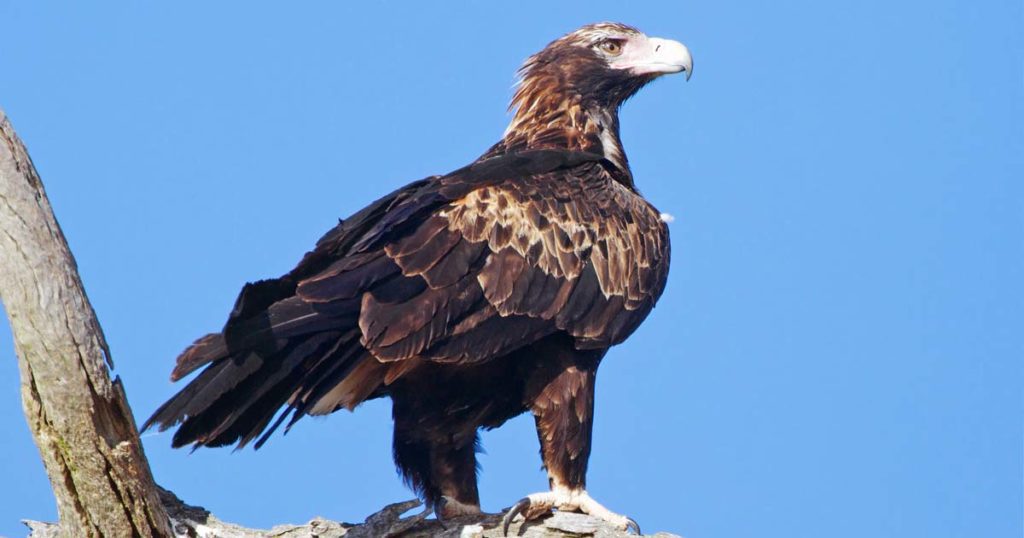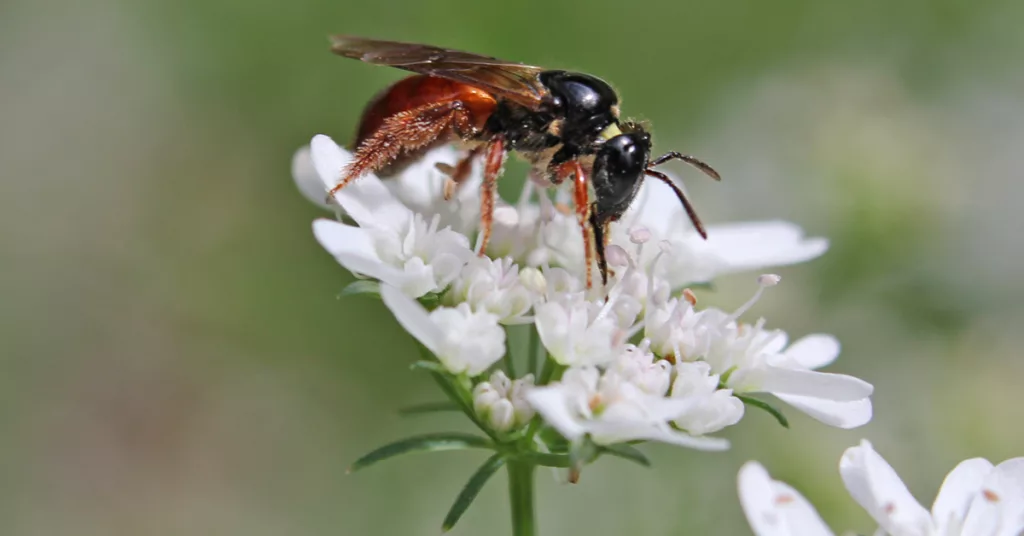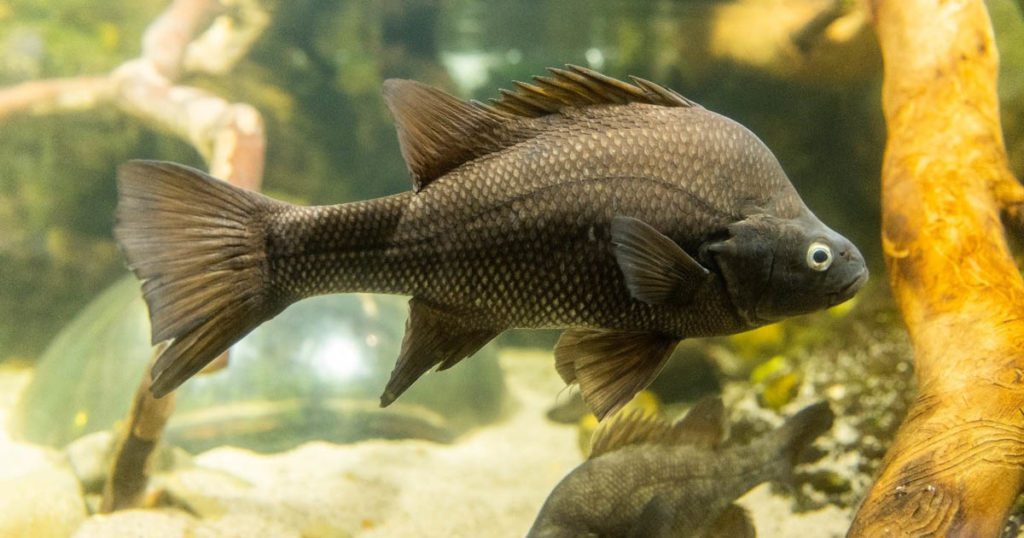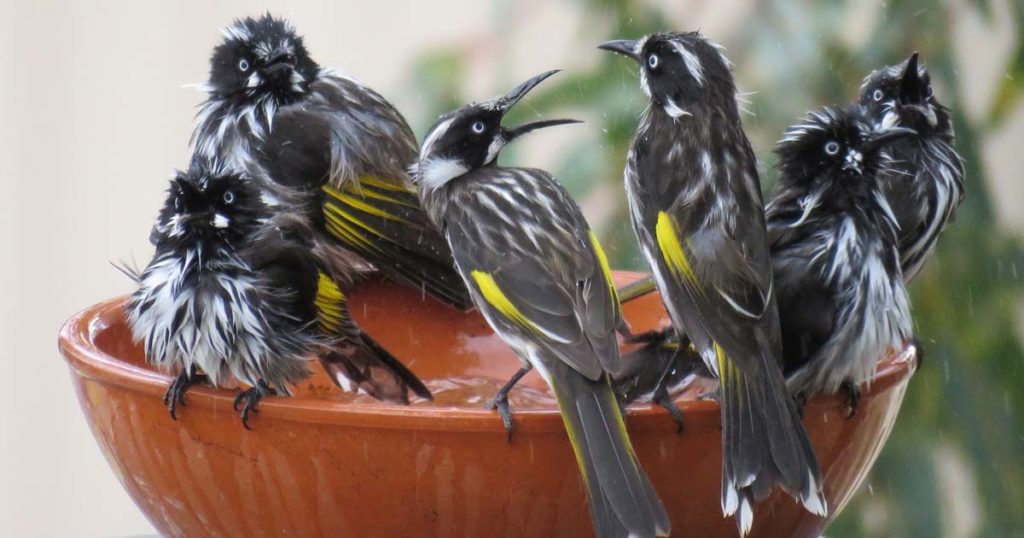By Emily Friedel
Running a wildlife shelter is not for the faint of heart, especially one that offers a 24/7 emergency rescue service. For Kate Turner, there is no romanticising the reality of her work: driving hundreds of kilometres in a day to attend to injured animals, euthanising those that cannot be saved, caring for over a hundred patients in between, and doing all of this unpaid.
Kate sums up her job description as “basically running around like a headless chook all day”.
And then there are the disgruntled patients to deal with, like Travis the kangaroo who was with Kate at Murrindindi Ranges Wildlife Shelter for nine months while his severe foot wound healed.
“He didn’t like me, wanted to show me how tough he was by trying to kick me. I had to bribe him with grass, a lot,” Kate says.
Luckily, Travis only weighed 20 kilograms at the time, so his efforts were in vain. Barry the wombat was another difficult client. He had a badly fractured femur and complications meant he was at Kate’s shelter for six months – a long six months by the sounds of it.
“He wasn’t a nice patient,” Kate says.
From an outsider’s perspective, all of this sounds like a lot of hard work for not much thanks. When asked what has kept her going since she first started working in shelters in 2011, Kate is quick with a light-hearted response: “stubbornness”.
“It has to be stubbornness because you wouldn’t be in it otherwise. It costs too much money, and it’s a hard job to do.”
More seriously, though, she says she is committed to do her utmost to help any local wildlife in need and will do whatever it takes to honour that commitment. As would her dad, she adds, who is heavily involved in the rescues thanks to Kate’s influence.
And while the work may be physically and emotionally gruelling – and often thankless – there is a bright side.
“The reward of releasing animals that wouldn’t normally get given a go is a big driving force,” Kate says.
Travis and Barry are cases in point, with both now living their lives out in the wild after lengthy stays at the shelter. Referring to Barry, Kate says, “When we got there in the end it was worth putting up with his attitude for that long.”
Undeterred by the hard work and bad attitudes, Kate has doubled down and chosen to specialise in challenging cases that may be difficult for other shelters to handle, such as injured adult roos and wombats. Kate says her education – bachelor’s degrees in animal and veterinary bioscience and veterinary technology – comes in handy when managing different cases, but there’s no formal training available in Victoria for what she does.
“It’s just experience that gets you there and having the support of vets to give animals a go.”
Kate has also spent the last seven years improving the shelter’s capacity to care for wildlife in need.
“In 2015, we bought our 150-acre property so that the roos have somewhere safe to live, and we built the shed. Then it burnt down, and then we built another shed, and we’re close to finishing kitting that out – there’s always something to be done. So it’s been a work in progress, but eventually we’ll get there and have it fully set up.
“We’ve got a vet room that we’re working on. We’re still trying to get a lot of equipment so that when vets visit they can use the room, and I can use some of the equipment too because I’ll be able to get the licensing to use it, like the x-ray machine.”
Of course, none of this equipment comes cheap. Nor do many of the day-to-day expenses, and Kate says donations of time and money are the best ways people can help keep wildlife shelters afloat.
“We do need more volunteers who would like to become rescuers and carers. Financial support for any of the shelters in the area would be a welcome relief because we’re all struggling with trying to find the money to pay for fuel, and the milk that we buy for the roos costs $460 for 20 kilos – I go through that in a month. When I’m about to run out of milk it’s always like dammit, I need to find $460 yesterday.”
Another important means of taking the pressure off shelters is to prevent wildlife injuries. Kate says that roads, cats, and fences are the sources of injuries in the bulk of her cases, with dogs contributing to a lesser extent. Along with containing pets, Kate’s advice for preventative measures is pretty straightforward:
“With the roads, slow down especially between dusk and dawn. If everyone just wiped ten kilometres off their speedo, that would reduce roadkill significantly; it would give people more time to see an animal before it comes out and be more aware of their environment.
“With fences, kangaroos and other animals would rather go under a fence than over it. So unless you’ve got stock or dogs that you’re trying to keep in, if you can have your fences off the ground a little bit to allow them to go under. A sight wire on the top would be a great advantage as well – just the white tape that’s usually used for electric fencing can be quite useful. And, of course, getting rid of barbed wire. It’s more of an issue for sugar gliders, squirrel gliders, bats, and birds get caught in it. So if we could get rid of that, that would be awesome.”
Kate also emphasises that wildlife shelters are strictly limited to dealing with injured or orphaned animals – they can’t do anything about the healthy wombat who has happily made its home under your house or the echidna wandering around in your backyard. In these cases, she urges people to do their best to be patient and coexist with wildlife.
“Those animals shouldn’t be moved because wombats in particular are territorial. So we can’t relocate them because it can be a death sentence to them, same with brushtail possums. With echidnas, they could have a baby buried somewhere, so we don’t want to move them out of their area either.”
Finally, Kate is keen for the public to know that kangaroos, as a species, may not be as tough as people think.
“Only 23% of kangaroo joeys make it through their first year of life with their mum – so 77% don’t make it. A lot of people don’t understand how fragile kangaroos are. And there’s 100% mortality rate during droughts, so their population can’t explode. Mobs should be one or two hundred members strong, not thirty or fifty.”
On the other hand, individuals like Travis have demonstrated a remarkable capacity to bounce back from debilitating injuries when given the chance. Without the Murrindindi Ranges Wildlife Shelter, Travis may not have had that opportunity. And despite being a cranky patient, Kate says success stories like his make it all worthwhile.
“He was very touch-and-go. It took a long time to get his foot right, but he was eventually released, and he’s living his life out in the wild now.”
For more information on Murrindindi Ranges Wildlife Shelter (located in Pheasant Creek) go to their Facebook Page: https://www.facebook.com/MRWSInc or call 0430 440 286
Other shelters in the area are Narbeview Wildlife Shelter in Buxton and Salvum Wildlife Shelter in Thornton.



